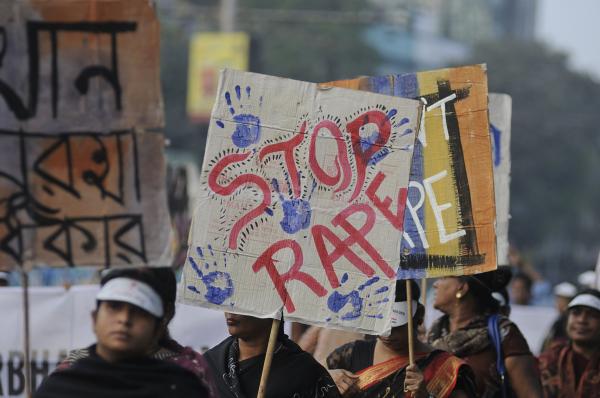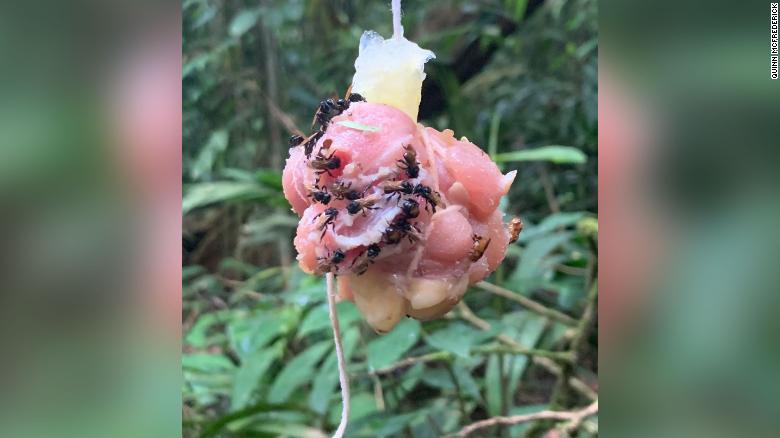
 Women travelling on buses in India will quickly be capable of alert the police if they are in distress with the aid of hitting a panic button. The Indian authorities recently announced that buses might be outfittedwith closed-circuit tv cameras and a monitoring system that will be activated with a push of the button. Thephotos might be recorded and relayed stay to a police manage room and the bus path will be traceable.
Women travelling on buses in India will quickly be capable of alert the police if they are in distress with the aid of hitting a panic button. The Indian authorities recently announced that buses might be outfittedwith closed-circuit tv cameras and a monitoring system that will be activated with a push of the button. Thephotos might be recorded and relayed stay to a police manage room and the bus path will be traceable.
It was on a transferring bus inside the heart of new Delhi that a 23-12 months–old physiotherapy pupilchanged into gang-raped and assaulted through six men in December 2012, which brought about herdemise days later. The incident sparked outrage on the streets of India and shone an internationalhighlight on sexual violence in opposition to Women within the u . S ..
Almost 3 and a half of years later and after much deliberation, the government is in the system ofenforcing measures aimed toward making public shipping safer for Women. An strive is being made to apply era to offer Ladies a experience of protection, while the state-of-the-art facts from the NationalCrime Statistics Bureau of India display a continued upward push in mentioned sexual offenses and crimes in opposition to Women – with the conviction rate for such crimes as low as 21.three percentage.
Sundari Nanda, a Delhi Police special commissioner who handles Girls‘s safety, says that further to the existing emergency helplines operated through police, panic buttons could offer any other way forcitizens to get in contact with the police.
“Girls get in contact with us via the Himmat app when they’re confused or face home violence,” Nanda says of the cellular app released by way of Delhi Police last year.
“Himmat,” a Hindi word for electricity, permits female telephone customers to send a distress alert to police in addition to buddies and circle of relatives indexed on the app. Greater than 30,000 humanshave registered with the police through the app and it has been downloaded nearly 70,000 instances.
Nanda says Delhi Police have even received hoax signals from customers of the app who activated itsimply to test whether or not the police might reply.
There’s difficulty among Girls activists that, as generation is being harnessed to ensure extra policeattention on crimes towards Women, the Indian police force does no longer have the manpower ortraining to aid such projects; the u . S . A . has one of the lowest police-to-citizen ratios inside the world, with just 138 police according to a hundred,000 human beings.
“Even if you dial one hundred [an emergency number] the response is so inadequate,” says Kirti Singh, aGirls‘s rights attorney, of India’s police helpline.
Consistent with figures to be had with the Bureau of Police and Improvement, the Indian police force is understaffed with the aid of about 24 percent. “The police [force] is brief-staffed and not gender-sensitizedsufficient. We need considerable police reform,” Singh says.
Nanda disregarded complaint of the Indian policing machine. She says the force‘s mission is to ensurethat the apps and panic buttons are integrated well with the present emergency reaction mechanism. Atpresent, India has separate helplines managing unique crisis situations, however 112 will soon grow to be the centralized range to be dialed for help in case of any emergency.
The government is within the process of mandating that every one cellular phones be ready with an emergency feature. With Extra than 1 billion cell subscribers amongst its population of one.3 billion, India has the biggest subscriber base in the international besides China. There’s an abundance of cheapChinese handsets at the Indian market, so cell phones are frequently the handiest telephones – and in lots of cases the only computers – owned by using Indian families.
however, problems of patchy connectivity and common “call drops” want to be addressed via telecomservice companies to make sure that the proposed panic button feature on cell phones can successfullyjoin Women to an emergency reaction system.
Although it can be some time before proof can be documented about the efficacy and utilization patternof tech-pushed Ladies‘s safety tasks, There may be a popular notion that knowledgeable, city-bredWomen are more likely to use apps or other emergency capabilities to document any sort of physicalabuse or sexual harassment. This may suggest that Ladies in far flung or rural parts of India won’t have the same tools available to document a crime.
In a study performed in low-profits neighborhoods throughout Delhi by using U.N. Girls in partnership with Microsoft between October 2013 and July 2014, researchers found that male circle of relativesmembers often confined Girls‘s mobile cellphone possession and manipulate.
“Girls who participated inside the take a look at informed the interviewers that if there has been one buttonon the phone they could use to activate an emergency response gadget, they would really like that,” says Sonal Jaitly, a program partner for U.N. Ladies in India.
Jaitly cited that ever for the reason that notorious Delhi gang-rape, Women‘s protection apps have mushroomed, creating what she says is a fake feel of protection because no longer they all areconnected to an emergency reaction device.
“Selling a distress app is putting a variety of duty on Girls,” Jaitly says. “In the long run it’s miles aboutaddressing the structural inequalities first.”
Pamposh Raina is a Delhi-based totally journalist. This article at first regarded on Girls & Ladies Hub, andyou may discover the authentic right here. For important information about the issues that effect girlpopulations within the developing global, you can sign on to the Girls & Ladies Hub electronic maillisting.





